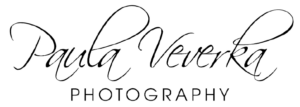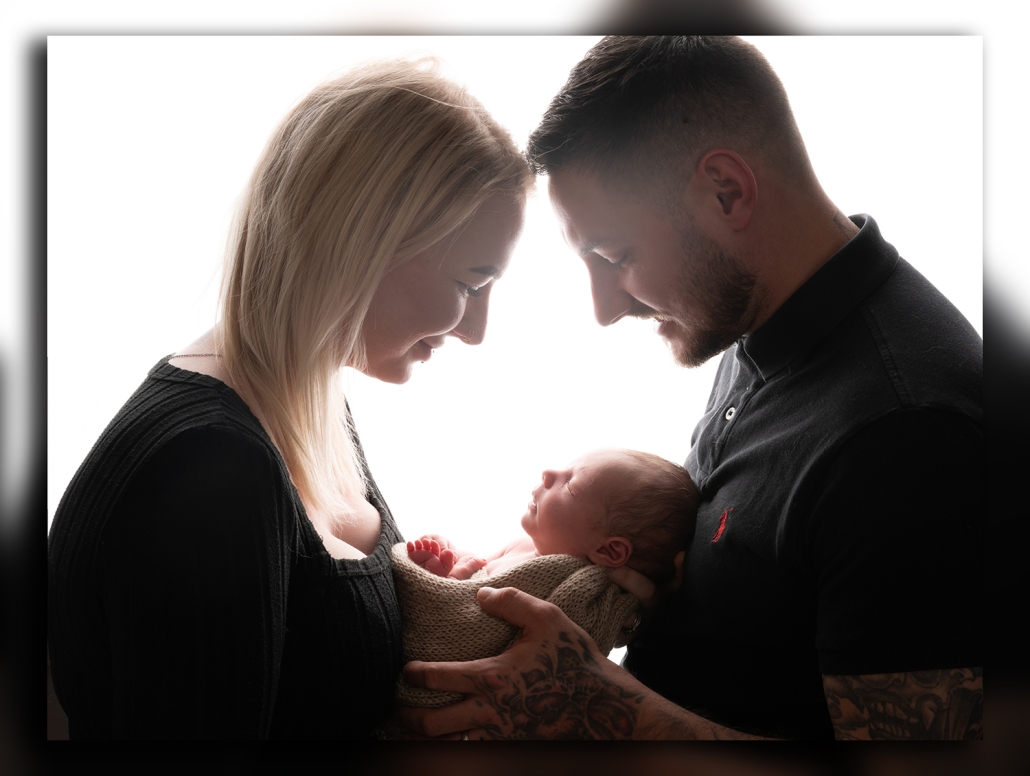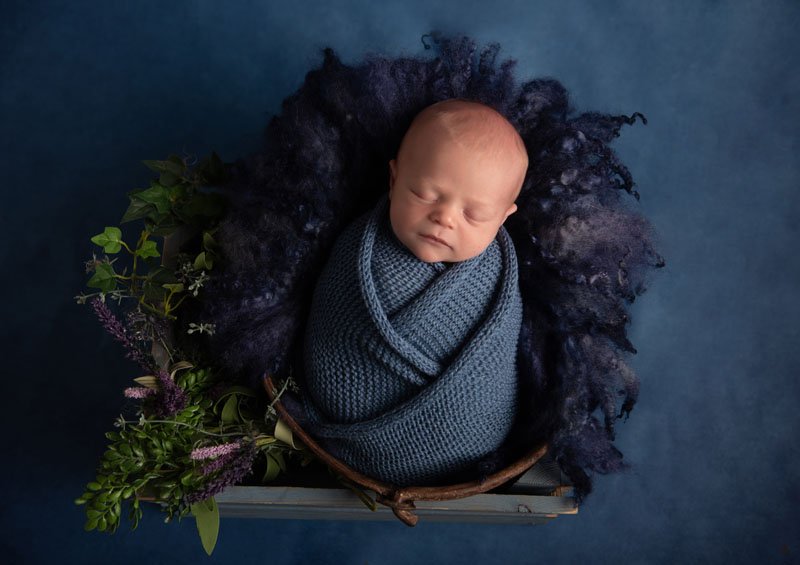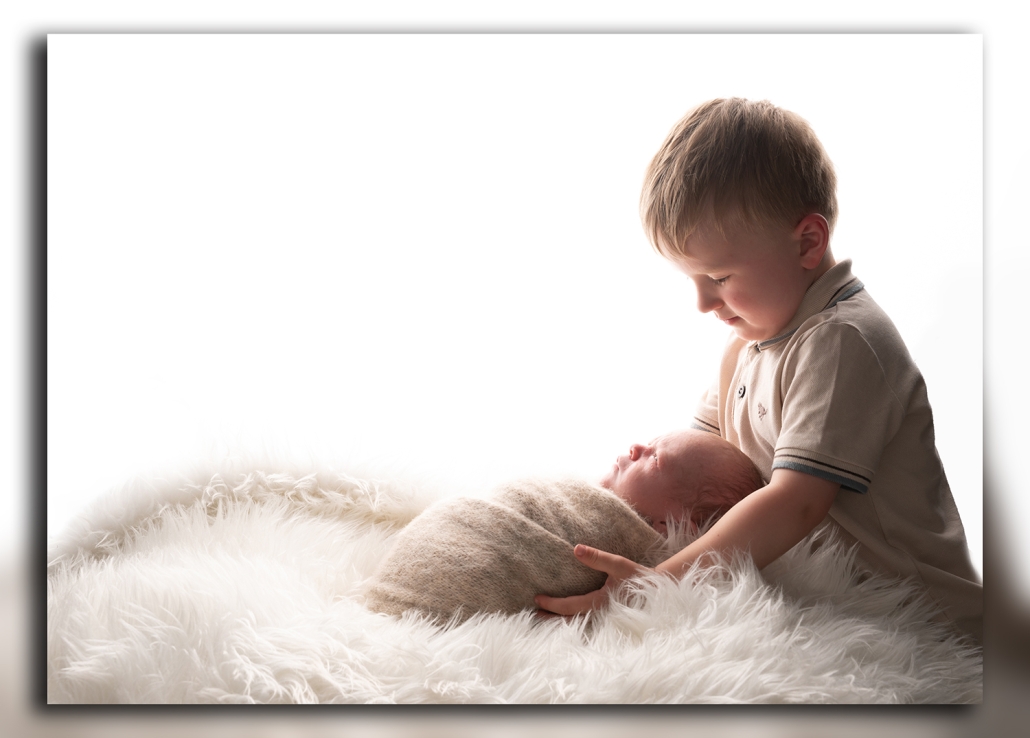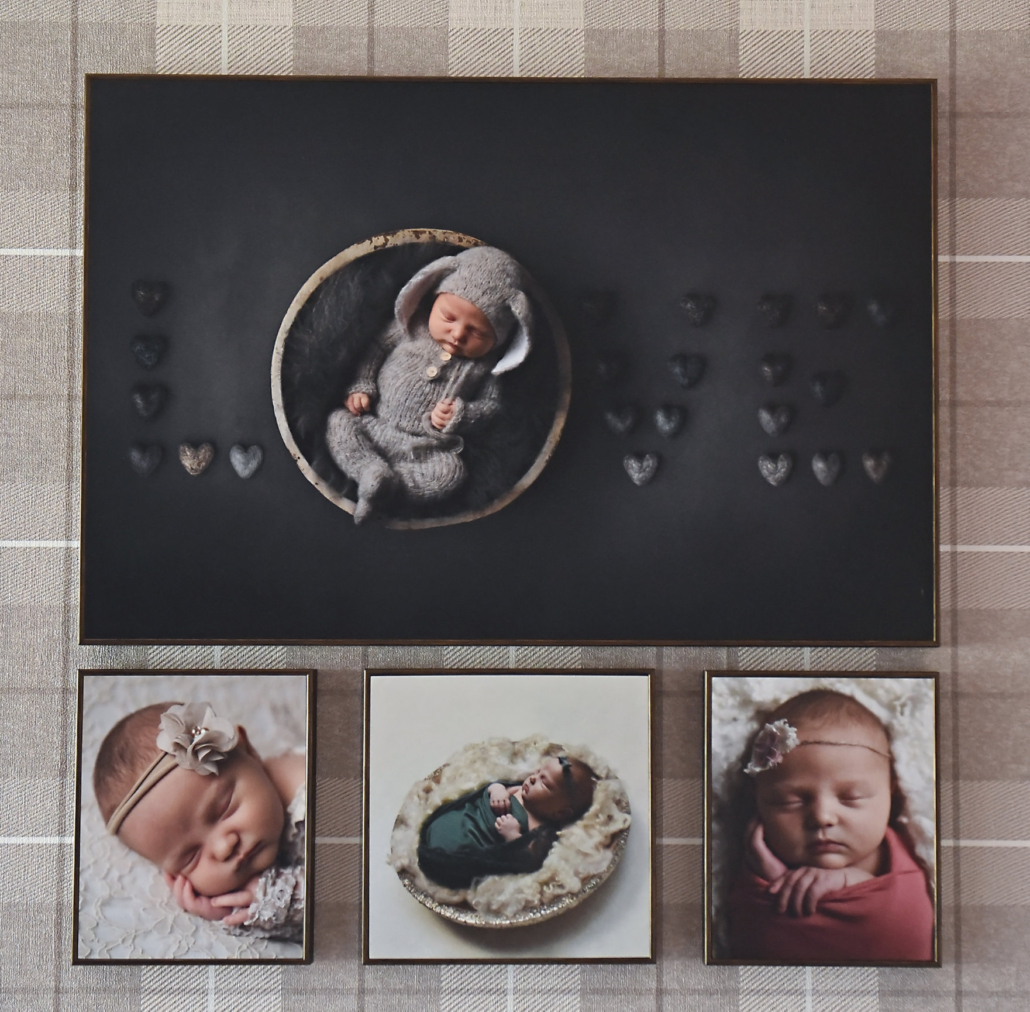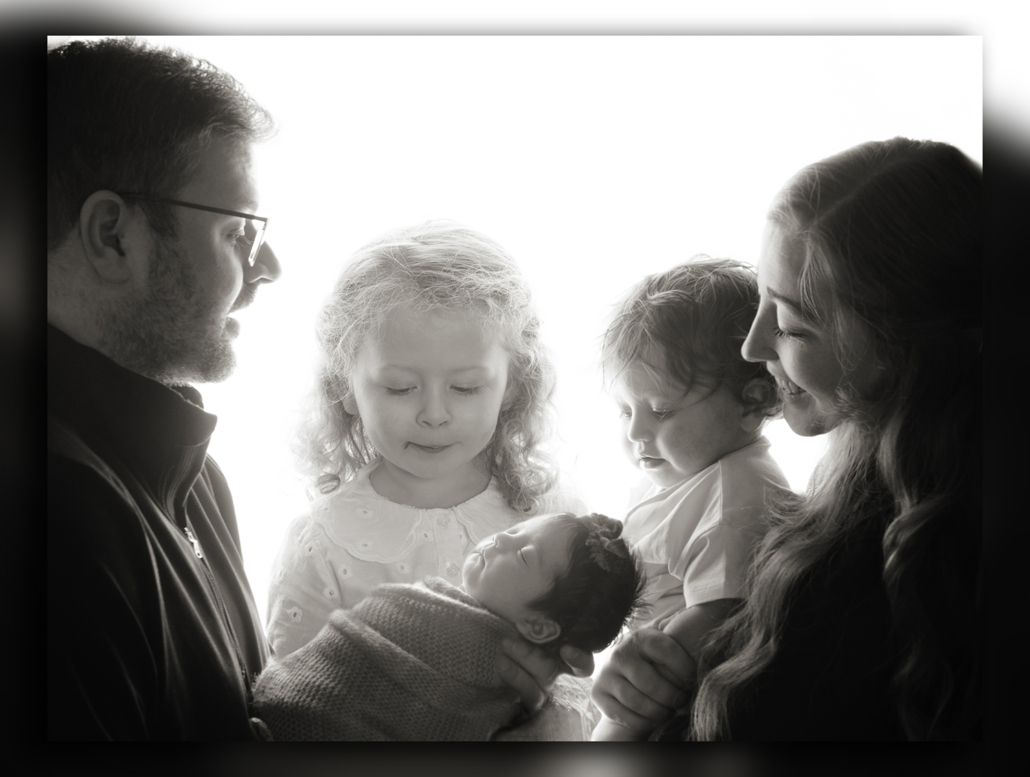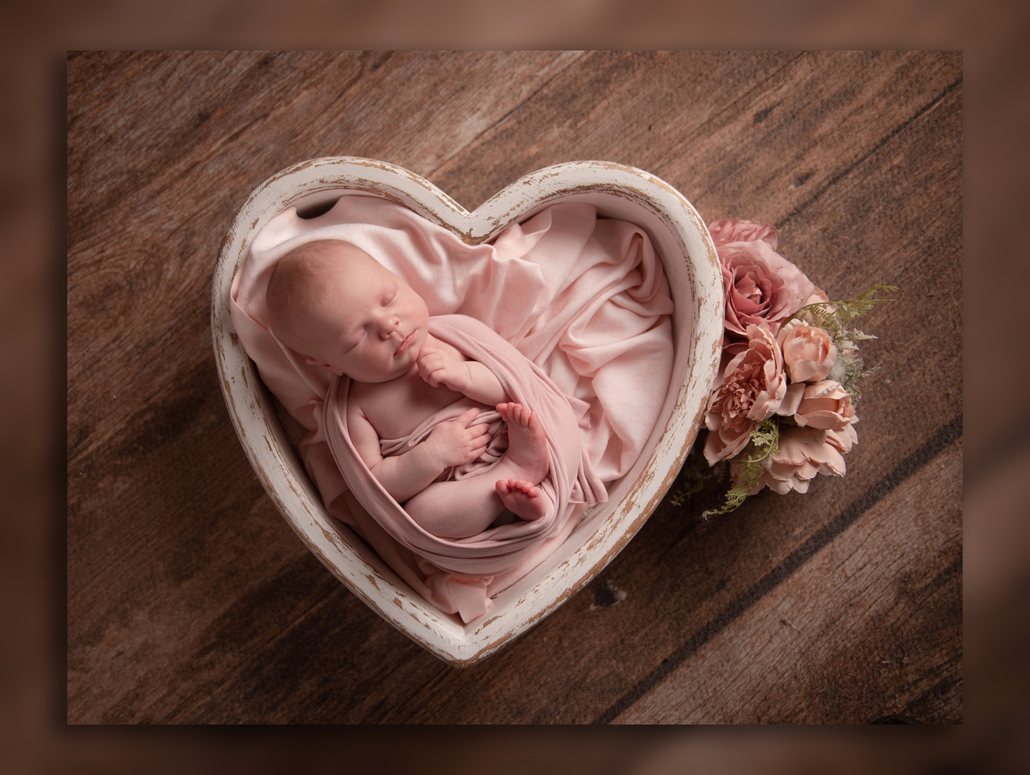Effective Tips for Managing Postpartum Emotions and Protecting Your Mental Health
Introduction
Did you know that nearly 80% of new moms experience some level of emotional struggle after giving birth? Yep, that’s right! Whether it’s those overwhelming tears during a 2 a.m. diaper change or just feeling like you’re on a rollercoaster of emotions, it’s way more common than you’d think. If you’re feeling like you might need some emotional backup, you’re in the right place.
Missing out on this article could leave you scrambling for answers when a simple read could ease the emotional ride.
I’m writing this because I’ve spent over 15 years researching postpartum mental health, and I’ve seen firsthand how proper strategies can help new moms navigate this emotionally charged period. From expert-backed insights to my own experience working with countless parents, I’m confident this article will give you the clarity and tips you need.
So, what are you waiting for? Let’s dive in and explore how you can take control of your emotional well-being. Grab a cup of tea, and let’s tackle this together!
Key Takeaways
- Understand the Range of Postpartum Emotions: Recognizing baby blues, postpartum depression, and psychosis is key to managing emotions.
- Build a Strong Support Network: Family, friends, and community resources can help lighten the load.
- Know When to Seek Professional Help: Recognizing when baby blues turn into something more serious is crucial.
- Practice Self-Care: Establishing a simple routine of sleep, nutrition, and relaxation can work wonders.
- Communicate Openly: Talking about your emotions can help reduce isolation and stress.
Understanding the Different Levels of Postpartum Emotions
Postpartum emotions are not one-size-fits-all. Some moms may only experience the “baby blues,” while others may face more serious challenges. Let’s break down the different levels of emotions you may encounter after childbirth.
Recognizing Baby Blues vs. Postpartum Depression
The baby blues affect 75% of new moms and typically last around two weeks. Symptoms like crying, mood swings, and feeling overwhelmed are common but usually subside on their own. However, if these feelings stick around, postpartum depression (PPD) could be the culprit. PPD is more intense and long-lasting, requiring professional attention.
Dr. Karen Kleiman, a specialist in postpartum depression, says, “Baby blues resolve within two weeks, but postpartum depression is like having your emotional gas tank stuck on empty with no gas station in sight.” It’s more than just a rough patch.
Severe Emotional Conditions: Postpartum Psychosis
While rare, postpartum psychosis can be dangerous and requires immediate attention. Symptoms may include hallucinations, paranoia, and severe agitation. This condition affects 1 in 1,000 mothers and can escalate quickly. If you or someone you know experiences these symptoms, seek medical help immediately.
The Impact of Hormonal Changes After Childbirth
Hormones may be behind a lot of the emotional turmoil after childbirth. The drastic drop in estrogen and progesterone levels can create havoc on your mood, sometimes leading to anxiety or depression. And just when you thought you were done with all those pregnancy hormones!
According to Dr. Shoshana Bennett, a pioneer in postpartum mental health, “The rapid hormonal changes after childbirth are like taking the emotional brakes off a rollercoaster ride.”
The Role of Thyroid Function in Postpartum Emotions
Sometimes, it’s not just the baby or the lack of sleep. Thyroid function can also play a role in how you feel after giving birth. A simple blood test can detect thyroid issues, which can sometimes mimic or worsen postpartum depression. If you’re feeling unusually fatigued or experiencing mood swings, it’s worth checking your thyroid.
Establishing a Strong Support System
A solid support system is worth its weight in gold when managing postpartum emotions. From your partner to your closest friends, these relationships can help reduce stress and make the transition into parenthood smoother.
The Importance of Partner Involvement
Your partner plays a key role in this emotional journey. Sharing responsibilities and checking in on each other’s mental health can lighten the load for both parents.
Leveraging Community Support
Beyond immediate family, connecting with parenting groups and postpartum support groups can provide emotional relief. Online forums and local meet-ups are great places to start. And sometimes, just talking to another sleep-deprived mom who gets it can make all the difference.
When to Seek Professional Help for Postpartum Emotions
Baby blues typically fade after a couple of weeks, but if your emotional struggles linger, it may be time to seek help. Knowing when to ask for help is a sign of strength, not weakness.
Identifying Key Warning Signs
If you’re feeling persistent sadness, severe anxiety, or have troubling thoughts about harming yourself or your baby, these are red flags. Seek professional advice to ensure both you and your baby’s well-being.
Available Treatment Options
Options for treatment include therapy, medication, or sometimes a combination of both. Working with a healthcare provider specializing in postpartum mental health is the best way to figure out what works for you.
Dr. Samantha Meltzer-Brody, a leading expert in maternal mental health, recommends, “Early intervention is crucial. If you think something is wrong, don’t wait. Get help sooner rather than later.”
Self-Care Strategies for Managing Postpartum Emotions
It may feel impossible to focus on yourself when there’s a tiny human depending on you, but self-care isn’t a luxury—it’s a necessity!
Creating a Consistent Routine
Creating a simple routine can help reduce stress. Find small windows for relaxation, whether it’s a quick walk, a short nap, or five minutes of deep breathing exercises.
Prioritizing Nutrition and Hydration
Food can impact your mood. Omega-3-rich foods like fish and nuts have been shown to help reduce symptoms of depression. Also, don’t forget to drink plenty of water—it’s amazing what staying hydrated can do for your energy levels!
Additional Strategies to Foster Mental Health
Mindfulness and Relaxation Techniques
Incorporate mindfulness into your routine with simple breathing exercises, meditation, or even yoga. It’s like giving your brain a little break in between diaper changes.
Sleep Management for Mental Health
This one’s a bit of a no-brainer, but sleep plays a huge role in your mental health. If you can, recruit a friend or family member to watch the baby while you catch up on some Z’s. Trust me, it works wonders!
Conclusion
In short, postpartum emotions can range from mild baby blues to more severe challenges like depression or psychosis. But with the right strategies—support networks, self-care routines, and seeking professional help when necessary—you can navigate this emotionally charged period with grace.
My Opinion:
I believe that reaching out for help, whether through a professional, a friend, or even a parenting group, can be a game-changer. There’s no “one-size-fits-all” solution, but with a bit of trial and error, you’ll find what works for you. Remember, you’ve got this!
Feel free to share your thoughts or questions in the comments below. And if you found this article helpful, be sure to check out more of my posts or subscribe to get more tips directly in your inbox!
FAQs
How long do the baby blues typically last?
The baby blues usually last about two weeks after childbirth. Symptoms like mood swings, irritability, and bouts of sadness are common but typically resolve on their own. If symptoms persist longer, it might be a sign of postpartum depression.
What’s the difference between postpartum depression and postpartum psychosis?
Postpartum depression involves prolonged feelings of sadness, anxiety, and trouble bonding with your baby. Postpartum psychosis is much rarer and more severe, involving hallucinations or paranoia, and requires immediate medical attention.
Can fathers experience postpartum depression?
Yes! About 1 in 10 new fathers experience symptoms of depression in the first year after their child’s birth. It’s important to support both parents during this time.
What natural remedies can help manage postpartum depression?
Exercise, omega-3 fatty acids, mindfulness, and staying connected with a support network are some natural approaches to managing postpartum depression. Always consult with a healthcare provider first.
When should I seek professional help for postpartum emotions?
If symptoms last more than two weeks or intensify, or if you experience thoughts of harming yourself or your baby, seek professional help immediately. Early intervention can prevent more severe complications.
